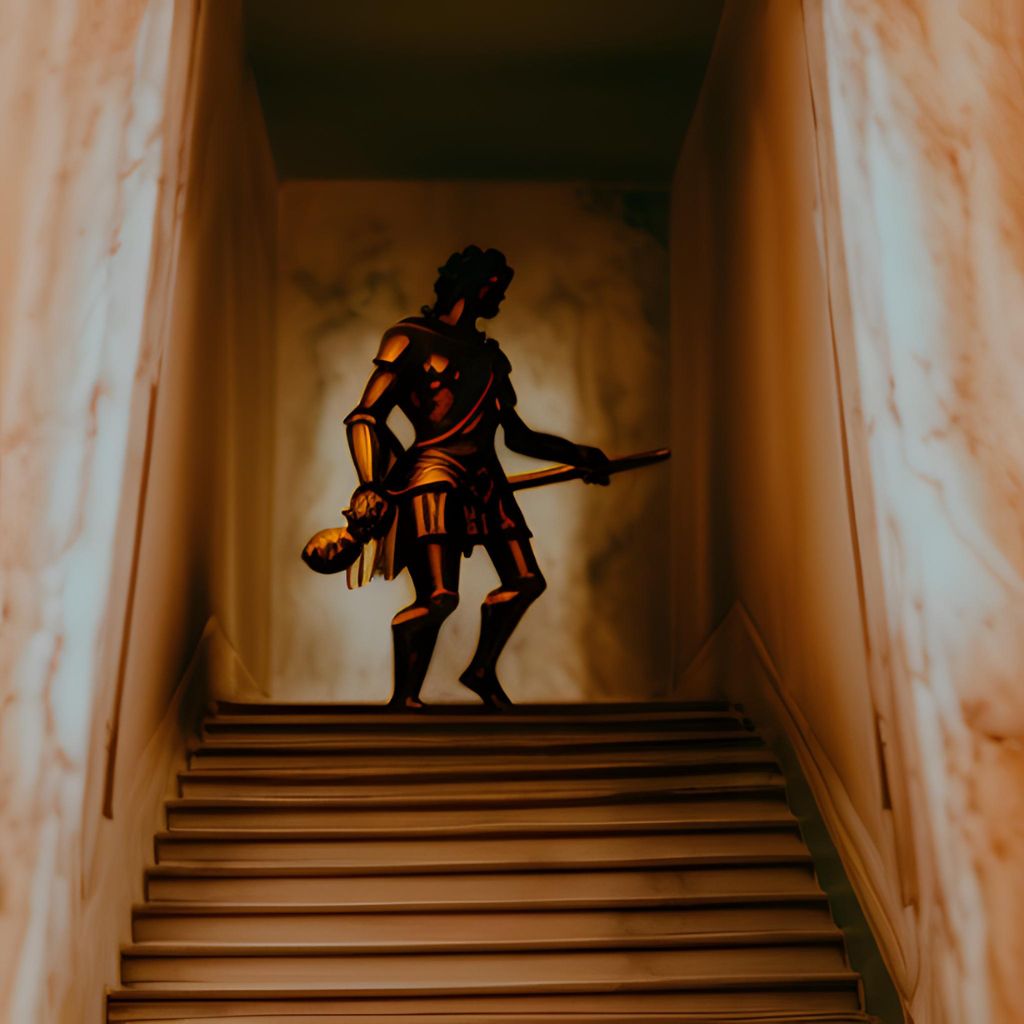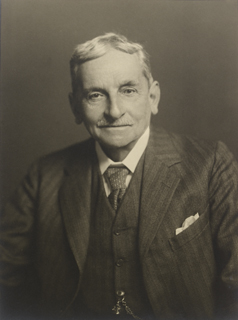
More Than a Museum: The Hidden Meaning of Knossos Minotaur in Modern Psychology
Table of Contents
Located on the island of Crete, the ruins of the Palace of Knossos tell tales of a labyrinth where a monstrous creature called the Minotaur was confined. The mythological story of the Minotaur has been told for centuries and continues to intrigue the world. However, beyond its mythical aspect, the Minotaur plays a significant role in psychology and therapy as a symbol of our deepest fears and anxieties. In this blog, we will dive into the symbolism of the Minotaur, the importance of confronting it, and how it can help us emerge stronger and more self-aware.

Understanding the Minotaur
The Minotaur is a mythical creature that symbolizes our deepest fears and desires lurking in the shadowy labyrinth of our unconscious. The creature also represents our complex nature as individuals, a mixture of animalistic desires and god-like aspirations. Furthermore, the Minotaur stands as a stark reminder of our impending mortality and our inherent anxieties surrounding death. Its symbolic presence can be seen throughout literature and pop culture as a reminder of the importance of confronting our primal fears and embracing our complex natures.
In our lives, we encounter situations that force us to confront this beast head-on, often during psychotherapy. The therapy process is a journey that requires us to delve deep into our innermost thoughts and emotions, facing the Minotaur and the fears that it represents. Through this process, we can gain a better understanding of ourselves and work towards healing our wounds. It’s a courageous act to confront our inner demons, but one that can ultimately lead to a more fulfilling life.
Confronting the Minotaur
Confronting the Minotaur is not an easy feat, but it is a necessary step towards self-awareness and personal growth. To confront it, we must take hold of our Ariadnean thread, a metaphor for introspection and self-exploration. This thread leads us through the dark unknown, providing us with a sense of purpose, meaning, and direction towards our true selves. The Ariadnean thread can be found through reflection, therapy, and dreaming.
The Ariadnean thread is an important symbol in modern psychology, as it represents the journey each individual must take to confront their innermost fears and anxieties. In mythology, Ariadne gave Theseus a ball of red thread, or a “clew”, to help him find his way out of the Minotaur ’s Labyrinth. In the same way, we must use introspection and therapy to find our own clew, so that we can emerge stronger on the other side.
The Minotaur Within in Terms of Jungian Psychology
According to Carl Jung, this shadow self contains both the dark traits we fear and deny, such as anger, envy, and selfishness, and the untapped potential and positive attributes we have yet to recognize in ourselves. Just as Theseus ventures into the labyrinth to confront the Minotaur, engaging in shadow work requires us to bravely navigate the complex maze of our unconscious, facing the parts of ourselves we’ve shunned or ignored.
This confrontation is not about slaying the beast within but about acknowledging its presence and integrating its strength and lessons into our conscious lives. By doing so, we can achieve a more profound sense of wholeness and balance, embracing the full spectrum of our humanity.
This process of integration, essential for personal growth and self-awareness, mirrors the journey through the labyrinth—a metaphor for the deep introspection and exploration necessary to confront and reconcile with our shadow selves. As the Minotaur embodies the raw, untamed aspects of our nature, its confrontation symbolizes the challenging yet rewarding process of self-discovery.
Through shadow work, individuals can uncover hidden fears, desires, and strengths, transforming their understanding of themselves and enhancing their capacity for empathy and connection with others. Thus, the Minotaur within becomes not a monster to be vanquished but a guide leading us toward greater psychological integration and authenticity.
The Minotaur as a Symbol of Internal Conflict
This mythical being, with the body of a man and the head of a bull, encapsulates the perennial struggle between our civilized selves—the aspects of our identity that seek to conform to societal norms and values—and our primal instincts, those raw, untamed forces driven by desire, aggression, and instinctual needs.
This duality reflects the human condition itself, a constant negotiation between the urge to abide by the rules of the community and the call of our innate, often wilder, impulses. The labyrinth that confines the Minotaur symbolizes the complex psychological terrain we must navigate in order to reconcile these seemingly opposed facets of our being.
Reconciling this internal schism is not merely an act of suppression but a delicate balance of acknowledgement and integration. Acknowledging the Minotaur within us requires the courage to face our deeper, perhaps darker desires and fears, recognizing them as integral parts of our whole selves. Integration, then, is the process of harmonizing these forces, allowing for a more authentic and complete expression of self.
This endeavor mirrors the mythic journey of heroes: confronting and understanding the monster, not as an enemy to be destroyed, but as an essential part of one’s identity that holds the key to personal growth and self-realization.
Thus, the Minotaur’s tale becomes a metaphor for the human quest for self-understanding, urging us to explore the depths of our inner labyrinths and embrace the full complexity of our natures.
Emerging from the Labyrinth
Once we have confronted our inner Minotaur, faced our fears, and explored our subconscious in search of our Ariadnean thread, we can finally emerge from the labyrinth. In psychology, this symbolizes the journey of self-growth and transformation. We learn to accept our flaws and weaknesses, while also developing greater inner strength and resilience. We become more attuned to our feelings and needs, gaining a greater understanding of ourselves and others in the process.
Finding Meaning in the Confrontation
Confronting the Minotaur may not be pleasant, but facing it can offer us a valuable opportunity to find our own meaning in life. By embracing the journey of self-discovery, we can find purpose and meaning in our lives and learn from our challenges. We can view our misfortunes and mistakes as part of our individual destiny and can use them to become stronger, wiser, and more self-aware.
The myth of the Minotaur continues to captivate us, even in the modern age, because it represents our complex and multifaceted nature. Confronting our own Minotaur can be difficult, but it can also be an essential step towards self-discovery and personal growth. By taking hold of our Ariadnean thread, embracing introspection and working with our dreams, we can confront our deepest fears and anxieties, find our own meaning in life and emerge stronger and more self-aware. So, when visiting the Palace of Knossos, take a moment to reflect on the Minotaur’s symbolism and its importance in psychology and therapy.




